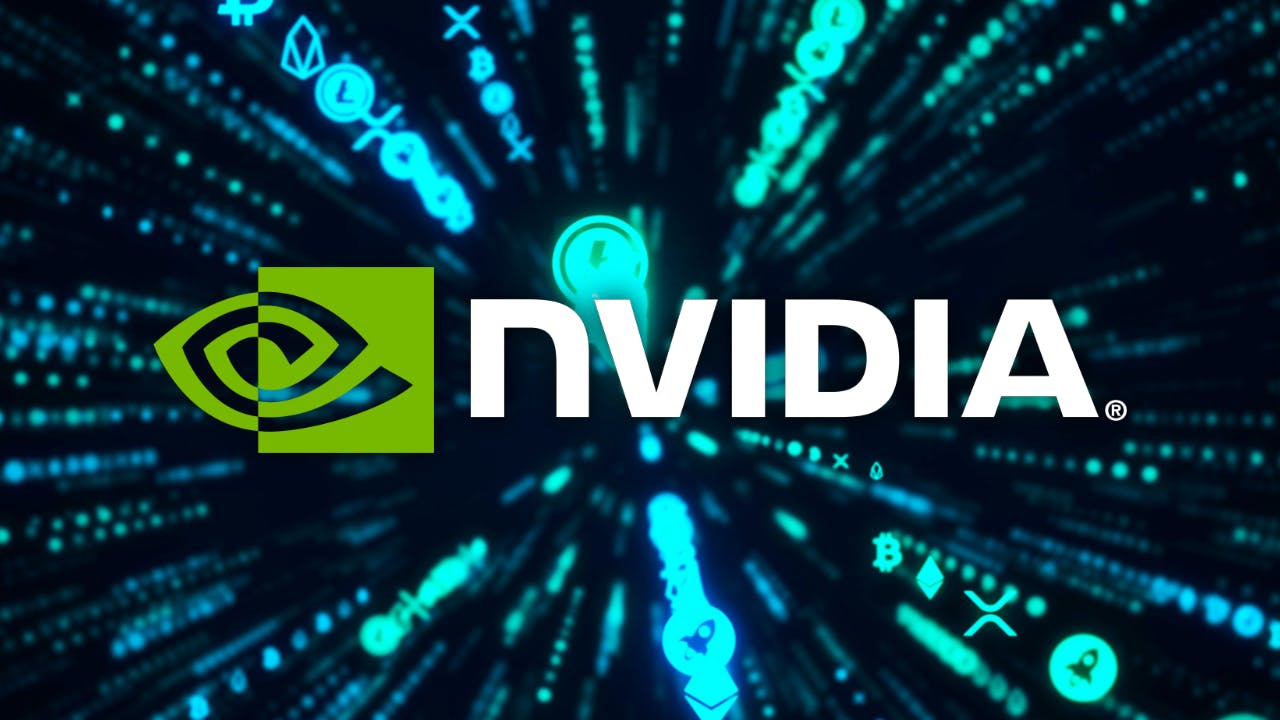Table of contents
No headings in the article.
Nvidia is a company that has been around for nearly 30 years and has been shaping what is possible in graphics processing units (GPUs) for gamers. However, over the years, Nvidia has reinvented itself and now its chips are powering something entirely different - artificial intelligence (AI). Its technology is now at the forefront of the AI revolution and is being used to power language models like ChatGPT.
ChatGPT has been described as the most revolutionary thing since the iPhone, and venture capital interest in AI startups has skyrocketed. The broader world is starting to understand the importance of this technology, and Nvidia is finally reaping rewards for its investment in AI. As the engine behind large language models like ChatGPT, Nvidia is one of the rare Silicon Valley giants that, 30 years in, still has its founder at the helm.

Jensen Huang, the founder and CEO of Nvidia, immigrated to the U.S. from Taiwan as a kid and studied engineering at Oregon State and Stanford. In the early '90s, Huang met fellow engineers Chris Malachowsky and Curtis Priem at Denny's, where they talked about dreams of enabling PCs with 3D graphics, the kind made popular by movies like Jurassic Park at the time. They launched Nvidia out of a condo in Fremont, California, in 1993, and the name was inspired by N.V. for next version and Invidia, the Latin word for envy.
Nvidia's primary business remains GPUs, typically sold as cards that plug into a PC's motherboard, which accelerates or adds computing power to central processing units (CPUs) from companies like AMD and Intel. They are one among tens of GPU makers at that time, but they were the only ones, them and AMD actually, who really survived because Nvidia worked very well with the software community.
Nvidia designed its first high-performance graphics chip in 1997. Designed, not manufactured, because Huang was committed to making Nvidia a fabless chip company, keeping capital expenditure way down by outsourcing the extraordinary expense of making the chips to Taiwan Semiconductor Manufacturing Company (TSMC). Nvidia today wouldn't be here if not for the pioneering work that TSMC did.
In 2006, Nvidia released a software toolkit called CUDA that would eventually propel it to the center of the AI boom. It's essentially a computing platform for parallel processing that allows software developers to use Nvidia GPUs for general computing, not just graphics. CUDA allowed Nvidia to get a foothold in the AI market, which it has since leveraged to become a leader in the industry.
As the engine behind large language models like ChatGPT, Nvidia is finally reaping rewards for its investment in AI, even as other chip giants suffer in the shadow of U.S.-China trade tensions and an ease in the chip shortage that's weakened demand. However, the California-based chip designer relies on TSMC to make nearly all its chips, leaving it vulnerable. The biggest risk is really kind of U.S.-China relations and the potential impact to TSMC. That's, if I'm a shareholder in Nvidia, that's really the only thing that keeps me up at night.
Nvidia has come a long way from being a gaming giant to becoming an AI powerhouse. Its technology is at the forefront of the AI revolution, and it is being used to power language models like ChatGPT. Nvidia's founder and CEO, Jensen Huang, has been at the helm of the company for 30 years, and his commitment to making Nvidia a fabless chip company has allowed the company to keep capital expenditure way down by outsourcing the expense of making the chips to TSMC.
